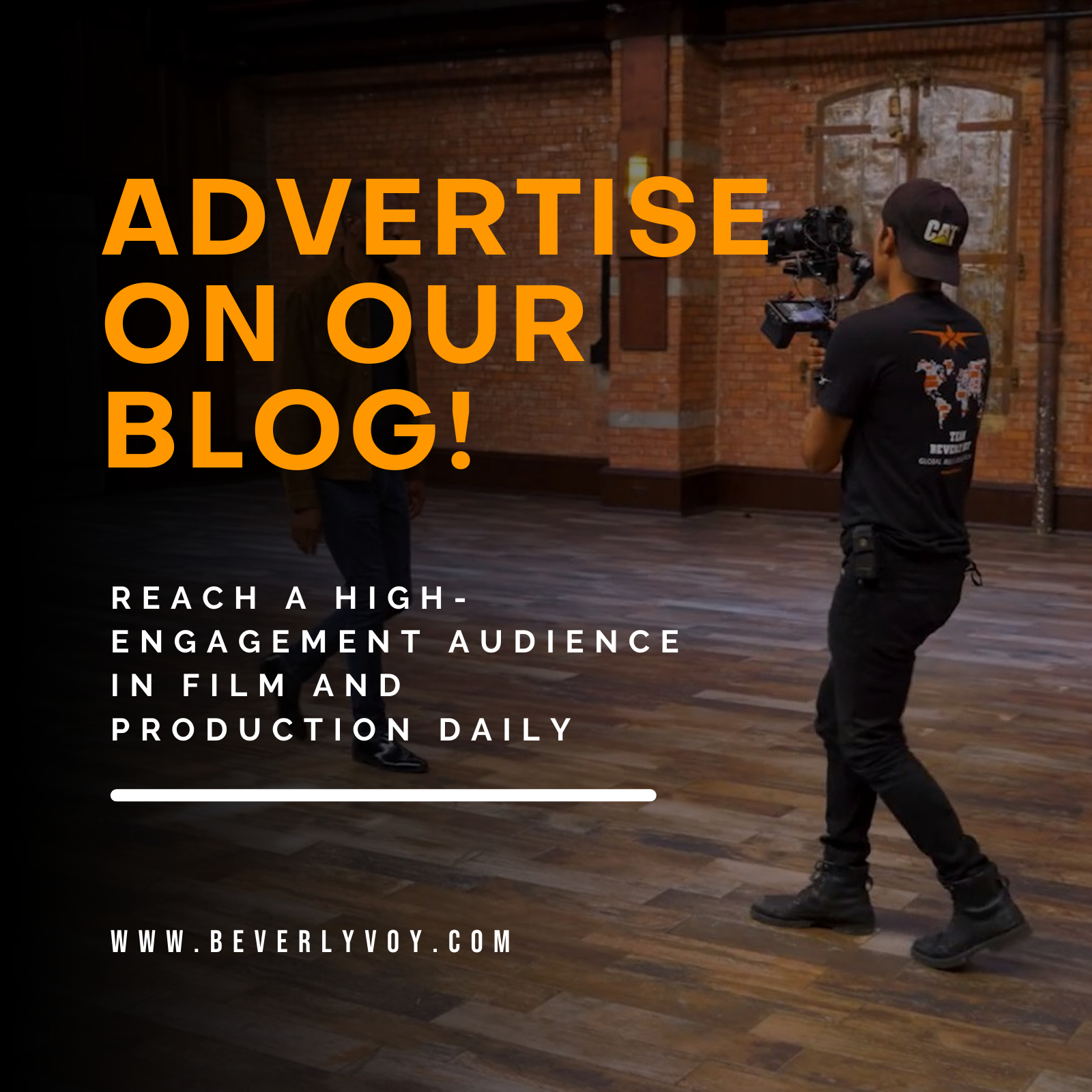FROM ANALOG TO ALGORITHM: MEDIA CONVERGENCE AND WORKFLOW EVOLUTION IN FILM AND TV
In the analog past, film and television production demanded a high degree of precision and hands-on involvement. Directors, editors, and cinematographers worked closely, physically cutting and joining film reels to shape stories frame by frame. This era distinctly separated the roles of those in production, with each cut painstakingly planned and executed, as seen in classics like Alfred Hitchcock’s Psycho. However, analog workflows placed significant constraints on creativity, imposed long production timelines, and required enormous storage for film reels. Any technical issue could easily set back an entire project, making error management and patience integral to the filmmaking process. As you move into the digital revolution, the entire landscape shifts. The introduction of digital cameras and non-linear editing software like Adobe Premiere and Avid Media Composer replaced reels and scissors with instant edits and rapid-turnaround workflows. Digital tools allowed for high-resolution capture without the limitations of film stock and quickly proved their value by cutting costs, increasing creative efficiency, and expanding who could tell stories. Modern filmmakers now have a wealth of post-production tools at their disposal, encouraging experimentation and a more flexible approach to storytelling. The democratization of these tools opened doors for more diverse voices in film and TV, making the medium richer and more inclusive.
CROSS-PLATFORM STORYTELLING: EXPLORING MEDIA CONVERGENCE
Media convergence is transforming how you create and engage with content by blending once-separate formats and platforms. Today, films, streaming services, social media, music, and even video games are interwoven, providing audiences with an immersive, interactive approach to storytelling. Series like Stranger Things capitalize on this fusion by encouraging fans to binge-watch, participate in online communities, and delve into companion games, all centered on one narrative universe. This integration not only offers creators innovative ways to expand their stories but also turns passive viewers into active participants. As a result, media convergence is fundamentally changing how stories are experienced and shared across platforms.
THE ROLE OF AI AND ADVANCED ALGORITHMS IN MODERN PRODUCTION

Algorithms and artificial intelligence have rapidly become integral to the film and television production process. From automating complex post-production edits to generating photorealistic visual effects, AI-driven tools increase efficiency and unlock creative solutions once considered impossible. Blockbusters and prestige television alike rely on these technologies to produce scenes that would have demanded enormous budgets or been outright unattainable with analog methods. AI is also behind the recommendation engines you see on streaming platforms like Netflix and Hulu, analyzing viewing patterns to deliver personalized content selections. This targeted approach benefits both creators, who gain insight into audience preferences, and viewers, who receive more relevant entertainment options.
CASE EXAMPLES: WORKFLOW EVOLUTION IN TELEVISION AND CINEMA
You can see the full impact of digital tools and algorithmic workflows in shows like Game of Thrones and The Mandalorian. Game of Thrones combined extensive CGI with advanced editing techniques to create large-scale battles and rich, fantastical settings impossible with traditional film. On the other hand, The Mandalorian innovated by using virtual LED sets and real-time rendering, shrinking the need for complex on-location shoots and accelerating production timelines. These productions showcase how digital collaboration across departments has become essential for breathtaking storytelling. The willingness to embrace new, technology-driven workflows is now a crucial factor in the success of any major film or television project. As more productions adapt to algorithmic innovation, the possibilities for storytelling continue to expand.
- Non-linear digital editing for speed and flexibility
- Real-time visual effects with AI and machine learning
- Virtual set technology reducing reliance on physical locations
- Personalized content curation via streaming algorithms
- Cross-platform storytelling enabled by media convergence
ADDRESSING CHALLENGES OF AUTOMATION AND AI IN FILMMAKING
Despite these advances, workflow evolution introduces distinct challenges and ethical considerations. The greater automation of production tasks raises concerns about job displacement and the gradual erosion of traditional film skills among industry professionals. There is also debate about whether algorithms might undermine the unique creative intuition and improvisation that human artists provide. Balancing the benefits of technology with the irreplaceable value of human creativity is essential for maintaining the medium’s artistic integrity. Ultimately, you need to treat algorithms as tools that support storytelling, not as replacements for the creative mind at the heart of film and television.
LOOKING AHEAD: SHAPING THE FUTURE OF MEDIA WORKFLOWS
Continuous innovation will shape the future of film and TV through further merging of platforms and deeper integration of AI. New technologies such as augmented reality (AR) and virtual reality (VR) promise to transform how you engage with narratives, making stories more interactive and immersive than ever before. These advances will further personalize the viewer’s journey and break down the final barriers between creator and audience. To succeed, filmmakers should embrace adaptability and learn to balance algorithmic efficiency with a human touch. The shift from analog beginnings to a digital, data-driven future signals an exciting new chapter for storytelling across all screens.


